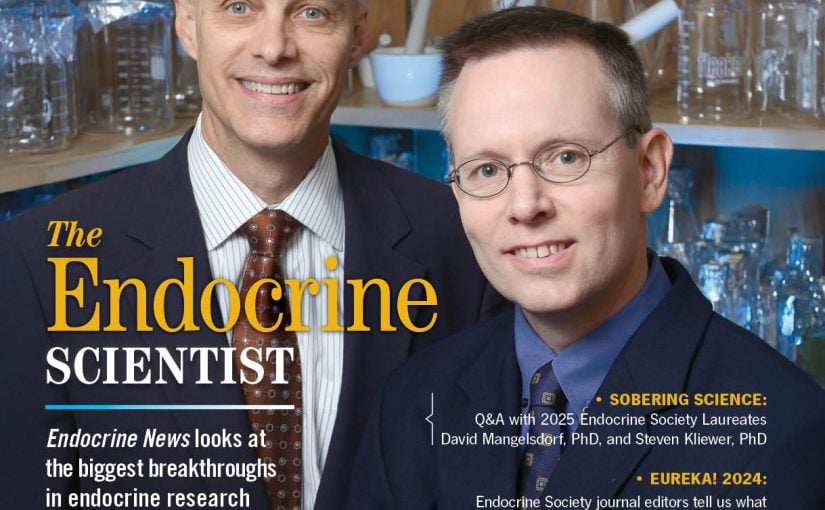Long-term outcome data supporting the use of a test used to identify patients whose thyroid nodules are noncancerous when their fine needle aspiration (FNA) biopsy results are inconclusive were recently published in The Journal of Clinical Endocrinology & Metabolism. The test is marketed by Veracyte as the Afirma Gene Expression Classifier (GEC).
Researchers led by Trevor E. Angell, MD, an endocrinologist at Brigham and Women’s Hospital, evaluated 90 patients whose thyroid nodule FNAs were deemed benign by the Afirma GEC (following indeterminate cytopathology) between 2010 and 2014. Using ultrasound data available for 58 nodules in 56 of the patients, they compared rates of significant growth — an indicator of potential cancer — over a median of 13 months (range of four to 40 months) to those of 1,224 thyroid nodules with benign cytopathology results. The latter were from 873 patients who underwent FNA procedures over a 10-year period prior to introduction of the Afirma GEC and who were followed with ultrasound for a similar period of time.
They found that Afirma benign nodules showed similar growth as the cytopathology benign cases using either of two criteria: ≥20% in two dimensions (8.6% vs. 8.3%) or ≥50% in volume (17.2% vs. 13.8%). Patients in the Afirma benign group were more likely to undergo surgery (13.8% vs. 0.9%), but cancer was only found in one patient.
The authors note that they report on change in Afirma benign nodules during a clinically relevant monitoring period, as cytologically benign thyroid nodules are typically followed with ultrasound at six to 18 months. Additionally, most of the patients studied remain in the care of Brigham and Women’s Hospital, with up to four years of follow-up since their initial Afirma benign result.
“Our findings show that thyroid nodules classified as benign by the Afirma GEC have similar growth during follow-up as nodules that are benign by cytopathology, which suggests comparable clinical behavior,” Angell says. “These data suggest that physicians can confidently monitor patients with benign GEC results, just as they would with patients whose cytopathology results are benign.”

